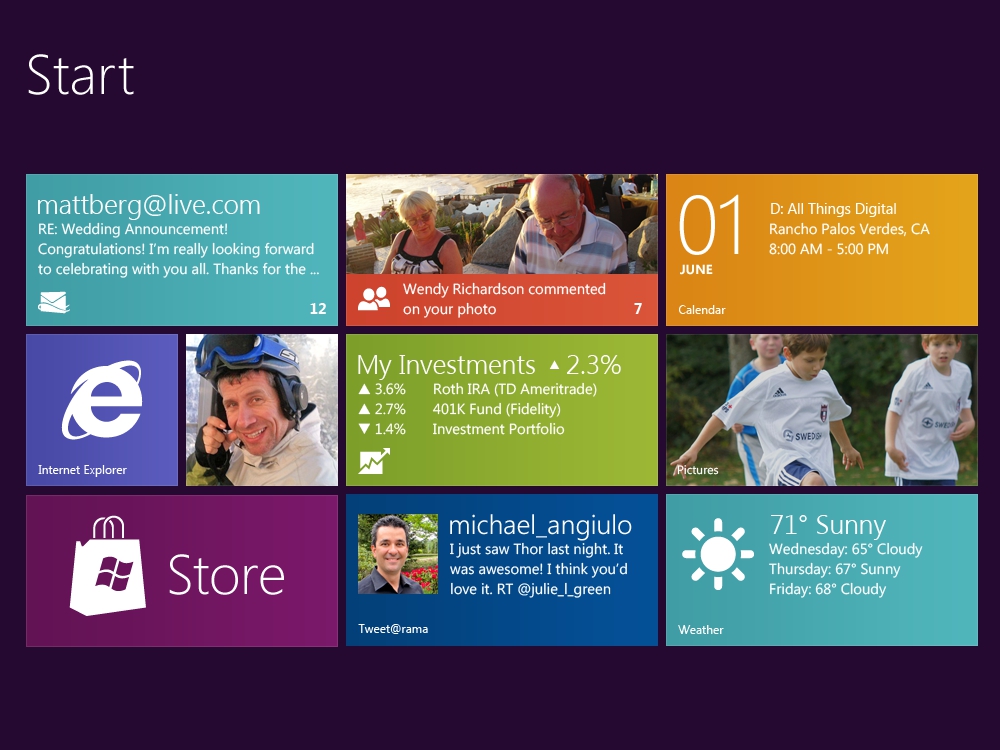Microsoft: You Are the Reason Why We Killed the Start Menu
You're the reason why Microsoft yanked our beloved Start button out of Windows. For shame.
One of the big negative issues surrounding the upcoming release of Windows 8 is the lack of a Start button, one of the standard Windows-based features we've used since the release of Windows 95. It was assumed that Microsoft ditched the familiar tool in order to force users into accepting the new Metro interface. Heck, Microsoft event went so far as to remove code from the OS that would have enabled a third-party Start button.
But now Microsoft is blaming the actual consumer for its removal. Chaitanya Sareen, principal program manager at Microsoft, said during TechEd in Amsterdam that users began to fall out of favor for the Start button in Windows 7, preferring to pin their favorite applications to the taskbar instead. This observation was based on telemetry gathered by the Microsoft Customer Experience Improvement Program.
"We’d seen the trend in Windows 7," Sareen told PC Pro. "When we evolved the taskbar we saw awesome adoption of pinning [applications] on the taskbar. We are seeing people pin like crazy. And so we saw the Start menu usage dramatically dropping, and that gave us an option. We’re saying 'look, Start menu usage is dropping, what can we do about it? What can we do with the Start menu to revive it, to give it some new identity, give it some new power?'"
"So I’m a desktop user, I pin the browser, Explorer, whatever my apps are. I don’t go the Start menu as often," he added. "If you’re going to the Start screen now, we’re going to unlock a whole new set of scenarios, or you can choose not to go there, stay in the desktop, and it’s still fast. You can’t beat the taskbar."
Sareen also said that Windows 7 users are taking advantage of keyboard shortcuts to open applications rather than digging them out from the Start menu. For instance, by pressing the Windows Key and "1" once Internet Explorer is pinned to the taskbar, the browser loads. It's not as quick as simply clicking on the icon pinned to the taskbar, but it's quicker than digging through the Start menu.
In addition to talking about the lack of a Start button, she also reportedly dismissed complaints about how the Metro interface is more focused on touch-based devices than the desktops and laptops that make up the majority of Microsoft's business. Even two Microsoft presenters were struggling to make gesture controls work on laptop trackpads during the show.
According to Sareen, the touchpad drivers were still "very, very early" and were "still being refined." He also said the Metro interface "really works well with the mouse and keyboard."
Get Tom's Hardware's best news and in-depth reviews, straight to your inbox.

Kevin Parrish has over a decade of experience as a writer, editor, and product tester. His work focused on computer hardware, networking equipment, smartphones, tablets, gaming consoles, and other internet-connected devices. His work has appeared in Tom's Hardware, Tom's Guide, Maximum PC, Digital Trends, Android Authority, How-To Geek, Lifewire, and others.
